Moissanite History
Moissanite is a gemstone born from the stars. It literally came from outer space!
Fifty thousand years ago, a meteorite crashed into the Arizona desert, nearby Diablo Canyon. In 1893, Nobel-Prize-winning scientist Dr. Henri Moissan began studying fragments of this meteorite. He discovered minute quantities of a shimmering new mineral, with fire and brilliance never before seen on earth. After extensive research, Dr. Moissan concluded that this mineral was made of silicon carbide.
In 1905, well-known Tiffany & Co. gem expert and mineralogist George Kunz suggested the new jewel be named Moissanite in Dr. Moissan’s honor. This newly discovered gemstone is extremely rare since it is naturally made in outer space and can only be found around meteor craters in sizes too small to be made into jewelry.
In the late 1980s, inspired by Dr. Moissan’s discovery, a North Carolina company named CREE developed a proprietary process for producing large single crystals of Moissanite. Finally, in the summer of 1998, scientists from CREE and eventually Charles & Colvard succeeded in bringing the fire and brilliance of Moissanite jewels to consumers.
Charles & Colvard was the original source for Moissanite gems until their patents expired in 2018 allowing new companies to enter the market.
Since early 2019, Candia Cameo’s founder, designer & architect, Jad Michaels began a quest to find raw sources of the highest quality moissanites in the world and worked hand in hand with some of the world’s best master cutters and optical scientists to produce the perfect Moissanite Jewel.
Two years later in 2021, he succeeded in producing the first Candia Cameo Moissanite, a stunning & brilliant 4ct Cushion Moissanite Stone that by far exceeds the qualities of any other similar gemstones such as diamonds or sapphires, for a fraction of the price.
The famous Moissanite Jewel was mounted on a beautifully designed yellow gold ring and J.M. presented it to his life’s partner as an engagement ring. That moment was the beginning of Candia Cameo’s Story.
Ever since, the brand has been crafting bespoke exquisite moissanite jewelry pieces, worn by hundreds of satisfied clients all over the world.

Moissanite's Physical Properties
A gemstone’s durability consists of hardness, toughness, and stability. Moissanite’s exceptional durability is truly remarkable making it perfect for an engagement ring, that is usually worn every day. Studies in high-pressure research have shown that moissanite is highly resistant to breaking and chipping, exceeding Diamonds. Moissanite is a gemstone that will endure for generations and beyond.
Toughness
Moissanite is tougher than a Diamond.
The ability of a gemstone to remain intact, withstand force (pressure) and resist breaking or chipping is known as toughness. Determined by a substance’s atomic and chemical structure, toughness can vary directly within a gemstone. While both Moissanite and diamond are rated excellent in toughness, Moissanite has a different atomic structure than a diamond which does not have a direction of cleavage (In other words it does not have a direction of structural weakness). Simply said, Moissanite outranks diamond in overall toughness.
Hardness
Moissanite is the second hardest gemstone on earth.
Hardness refers to a gemstone’s resistance to being scratched or abraded and is commonly expressed as a number ranking (1 being the softest and 10 being the hardest) on the Mohs relative hardness scale. Moissanite ranks 9.25 to 9.5 on the Mohs scale making it one of the hardest gemstones on earth, only second to diamonds. Its extreme scratch and abrasion resistance makes it ideal for engagement rings and daily jewelry wear. Moissanite’s impressive hardness allows it to last forever and can be passed down from one generation to another.
Durability
Moissanite is Impervious to Heat & Chemicals.
Durability is a material’s ability to remain intact or withstand exposure to temperature and chemicals. Moissanite has a higher vaporization temperature than diamond and can withstand temperatures reaching 2,000 degrees Fahrenheit.
Moissanite is also very stable when exposed to various industrial and household chemicals, and acids such as bleach, chlorine, ammonia, etc. Moissanite has a higher oil & dust resistance than diamond and therefore does not need to be cleaned as often as diamonds to maintain its sparkle.




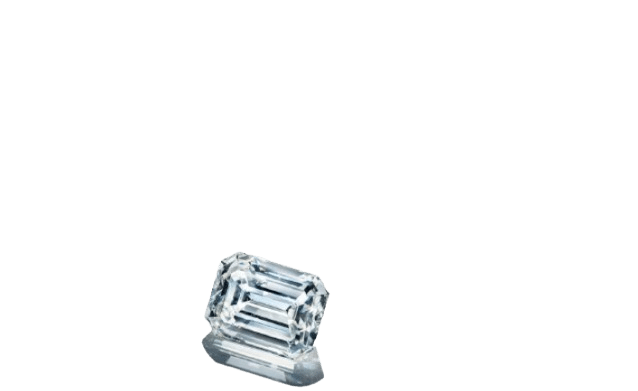


Moissanite's Optical Properties
A gemstone is optically characterized by its Fire, Brilliance & Lustre. Together they create what is called sparkle. Moissanite’s incredible sparkle is more than just a show of beauty; it’s a testament to the superior science behind the jewel, boasting more fire, brilliance, and luster than diamond or any other gemstone on earth. This is a scientific and quantifiable fact.
Fire
Moissanite’s Fire is twice that of a diamond.
When pure white light enters a non-opaque object such as a gemstone, it breaks into different wavelengths of light that are refracted by its internal facets. These spectral colors are the rainbow-like effect you see when you look at a gemstone. These prisms of colors are known as fire. The gemological term for this is dispersion. Moissanite’s fire, is extremely beautiful and very impressive, more than twice that of a diamond!
Brilliance
Moissanite has more Brilliance than diamond.
Brilliance is the flashes of white light exiting the top and sides of a gemstone and it is determined by the gemstone’s refractive index. The higher the refractive index of a gemstone, the more brilliance the jewel emits. Moissanite is known for its high refractive index of 2.65, which is notably higher than diamond, sapphire, CZ, and other gemstones known to be very brilliant. Moissanite’s superior refractive index makes Moissanite the most brilliant gemstone on earth!
Lustre
Moissanite’s Lustre is 18% higher than diamond.
Luster is the amount of light that is reflected back to the observer from the surface of the gemstone. In addition to superior fire and brilliance, Moissanite has 18% greater luster than a diamond and 50% greater luster than Cubic Zirconia. As a result, Moissanite’s optical properties are overall by far the highest of any other gemstone found on earth; these impressively high sparkle qualities make Moissanite the most beautiful gemstone on the planet!
The 4 C's - Carat, Color, Clarity, Cut
Every Moissanite has certain unique characteristics, similar to a human fingerprint. The 4C’s, Color, Clarity, Cut, and Carat weight are the globally accepted grading standards for assessing the unique qualities of diamonds, the same grading system can also be applied to Moissanite. At Candia Cameo, we only source the world’s highest quality raw Moissanite and we work hand in hand with some of the world’s best master cutters and optical scientists to produce the perfect Moissanite Jewel.
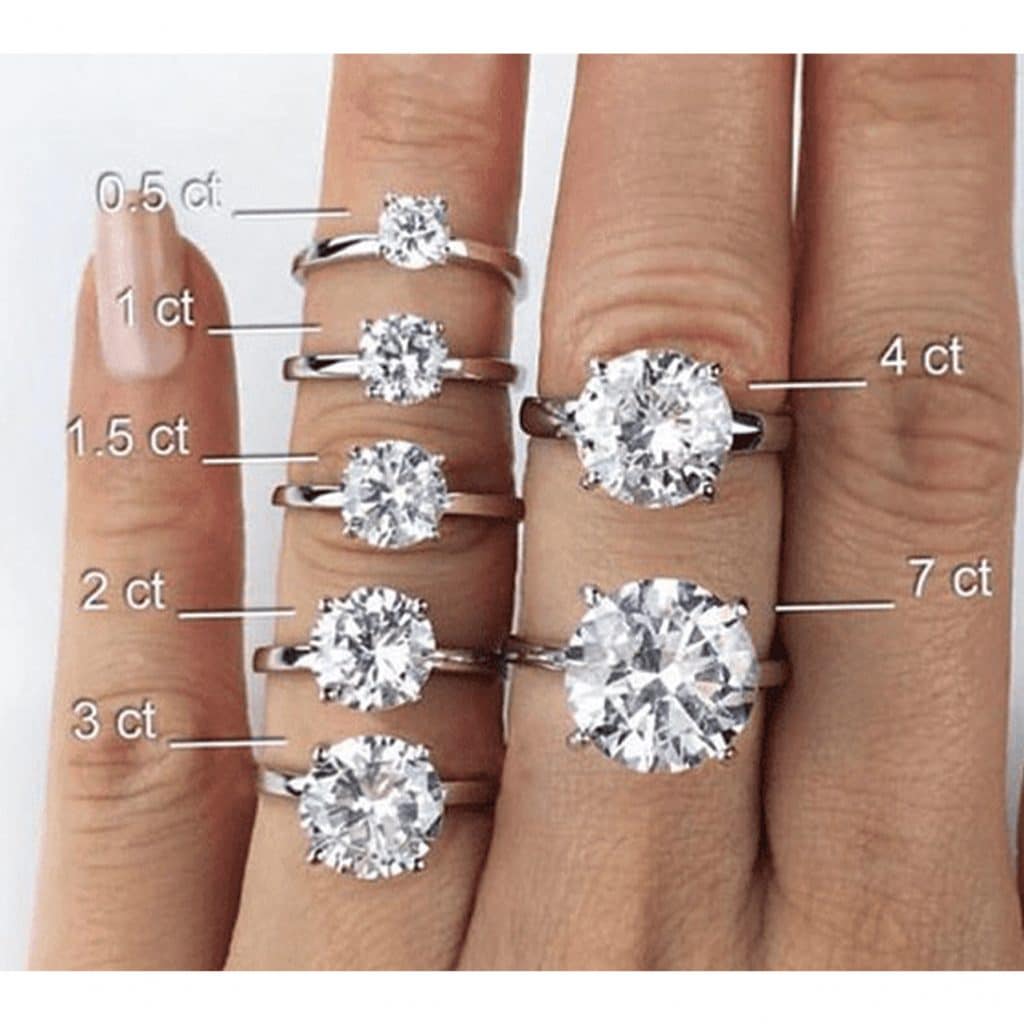
Carat
Carat denotes the weight of a gemstone. 1ct = 0.20 grams. Since Moissanites are composed of Silicone carbide and Diamonds of carbon, Moissanites are between 10 to 13% lighter than diamonds.
A Moissanite’s actual carat weight is called “MOI” and “DEW” is its diamond equivalent weight. So a 1ct Moissanite will be bigger than a 1ct Diamond. To minimize confusion, Moissanites are listed with their size in millimeters and the diamond equivalent weight in carats (DEW).

Color
Color refers to the natural tint inherent in a Moissanite stone. Most Moissanites have a slight tint of yellow. The closer to being “colorless” a Moissanite is, the rarer it is. The industry standard for grading color is to evaluate each stone against a master set and assign a letter grade from “D” (colorless) to “Z” (light yellow). Candia Cameo only sells moissanites graded “D”, “EF” and “GH” all within the colorless and near colorless range.
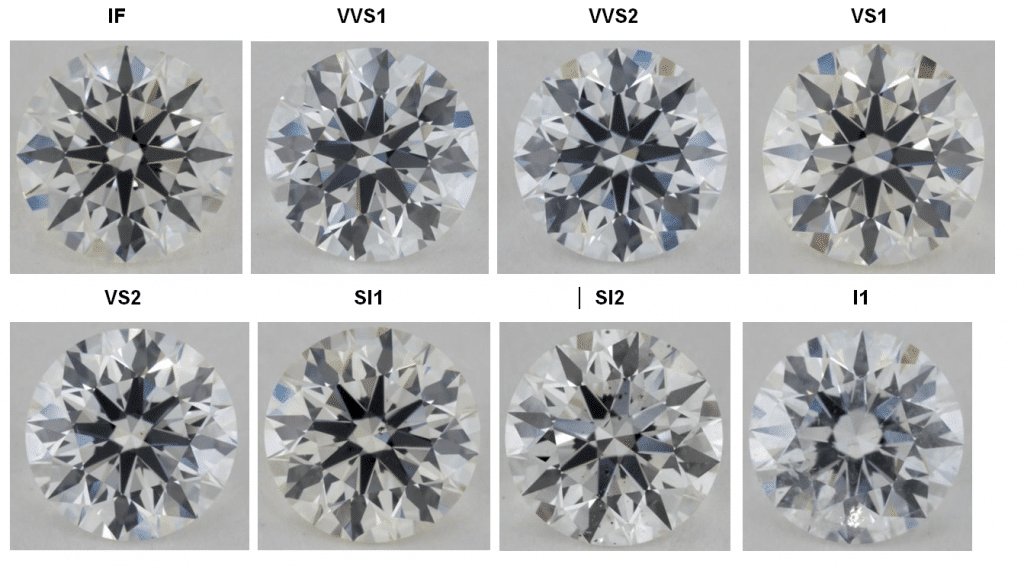
Clarity
Moissanite clarity is a measure of the purity of the stone; the purer the stone, the more valuable it is. A stone is graded as VVS1 if, under 10-power magnification, minimal inclusions (internal flaws) and blemishes (external imperfections) are visible.
Moissanites, in general, score higher than diamonds when it comes to clarity. And a moissanite’s clarity usually falls within the range of VVS1, VVS2, VS1, VS2, while a diamond can go all the way down to SI1, SI2, I1, I2, I3.
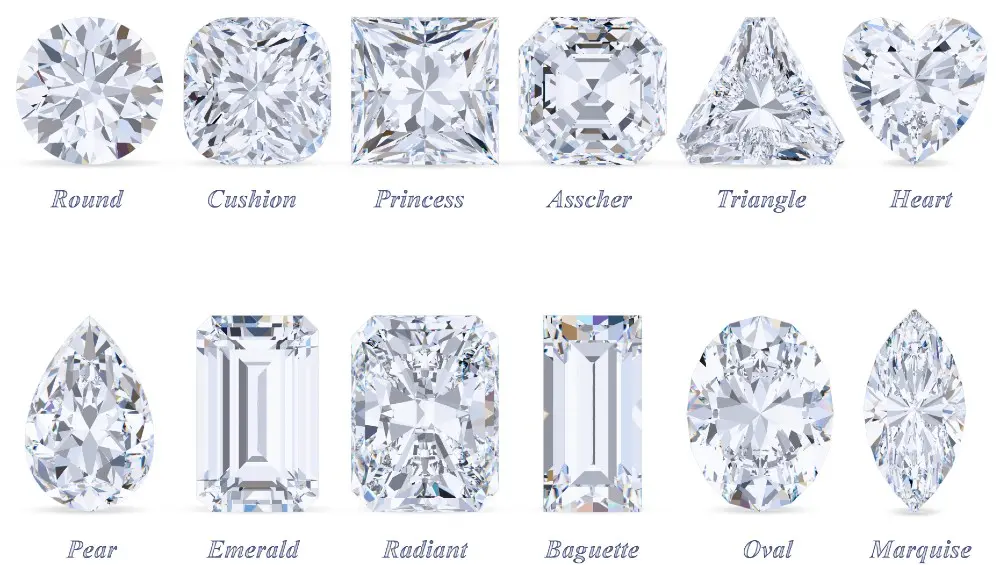
Cut
The most important of the 4C’s is Cut. It refers to how a Moissanite’s facets interact with light. It is determined by symmetry, proportion, and polish. More than any other factor, Cut determines the beauty of the stone and how well light bounces off of it. Candia Cameo works hand in hand with some of the world’s best master cutters and optical scientists to cut the perfect stone for optimal sparkle performance.

Moissanite Shapes
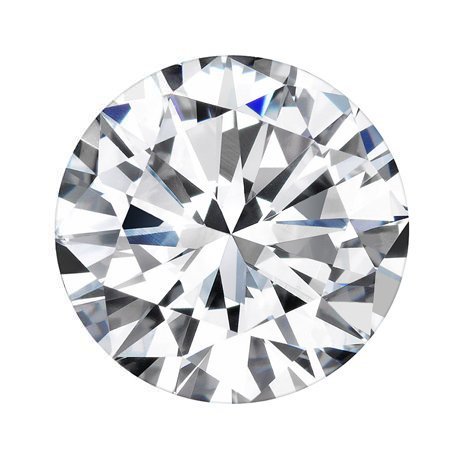
ROUND
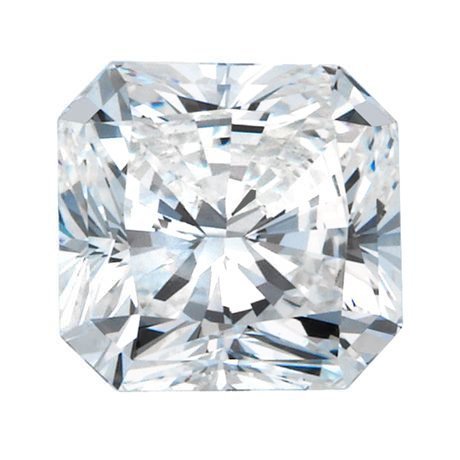
RADIANT
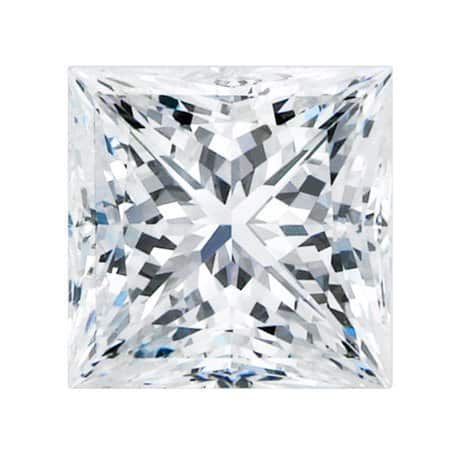
PRINCESS
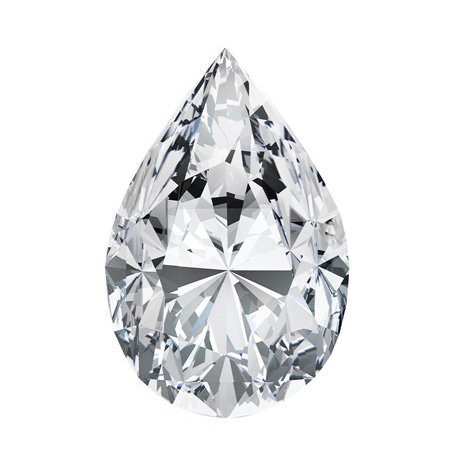
PEAR
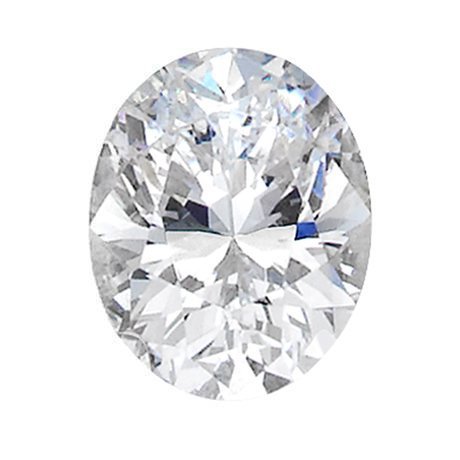
OVAL
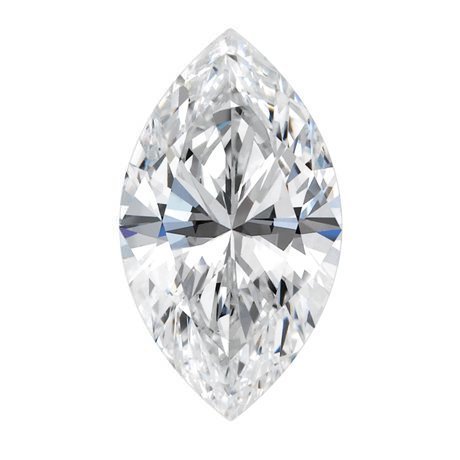
MARQUISE
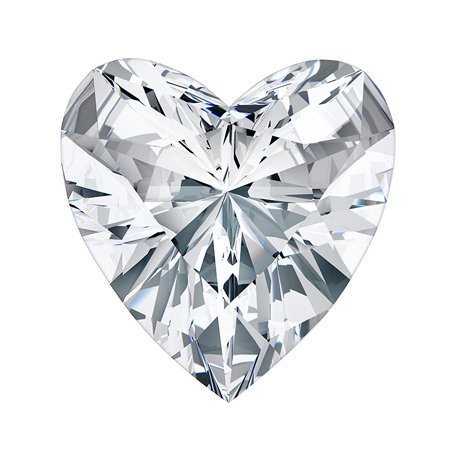
HEART
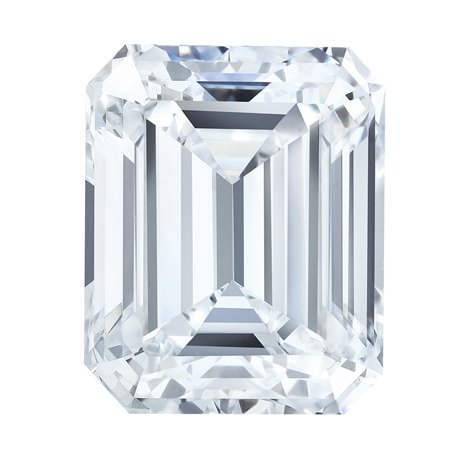
EMERALD